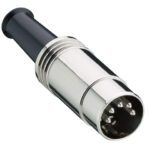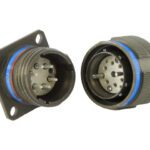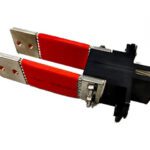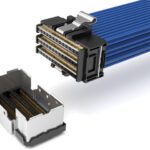What are Micro-D connectors?
Meet the Connector: Micro-D Connector
The tiny but mighty micro-D connector is half the size of a standard D-sub yet delivers rugged and reliable performance in commercial and military applications.
Micro-D (and nano-D) connectors were derived from D-sub (D-subminiature) connectors in the 1970s. Their compact design led to their early popularity for use in computers. D-sub series connectors were introduced in 1952 by Cannon and these later variants are trademarks of ITT Cannon, though many manufacturers have their own versions.
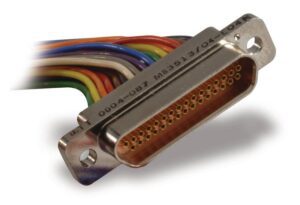
ITT Cannon’s micro-D MDM 83513 connectors, available from PEI Genesis, serve in high-reliability applications that require small size and low weight solutions.
“New chip technology demanding lower current and voltage made even the large connector companies understand the need for something smaller. At 50 mil, (1.37mm), military specification number 83513 was completed and most large connector manufacturers crowded into the market with their new micro-D standard connectors,” wrote Bob Stanton, director of technology for Omnetics Connector Corporation. “Simultaneously, wire sized at 26 AWG became standard for all circuits handling 3 amperes and lower and were stripped for attachment to the new micro-D. More portable equipment, more insert modules, and smaller instrument and medical electronics embraced this new family of connectors.”

Rugged Micro-D subminiature connectors from Omnetics Connector Corporation are QPL qualified and designed and manufactured to meet and exceed MIL-DTL-83513. The connector assembly is built to assure the highest performance through high shock and vibration applications as well as extreme environmental use.
Like D-sub connectors, micro-D connectors are so named because their shape resembles the letter D. Micro-D connectors, however, are about half the size of D-subs, while nano-D connectors are about half the size of micro-D connectors.
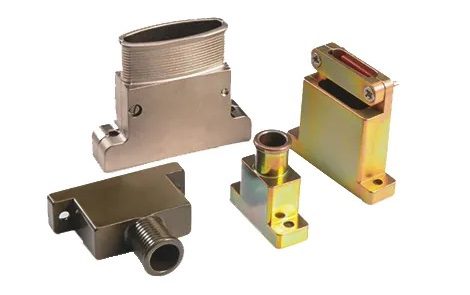
Space-grade backshells for micro-D (and D-sub) connectors are subject to unique challenges such as supersonic speeds and high gravitational (g) forces. Rack and panel connectors can utilize highly specialized TE Connectivity Micro-D backshells for MIL-DTL-83513-compliant mating and D-Sub backshells for MIL-DTL-24308-compliant mating in compact, rectangular form factors. As with standard circular designs, rectangular backshells deliver key functional advantages.
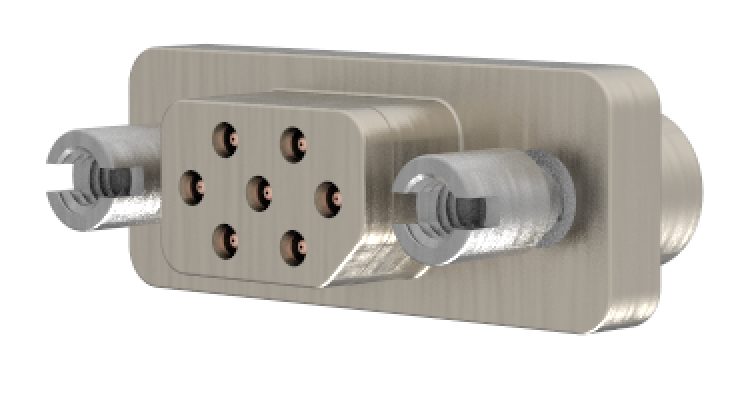
The Low Cost MicroD (LCM) connector by Amphenol Pcd is a family of micro-D class products that are small, plastic, easy to use connectors designed specifically for sensing, command and control applications.
Design Notes
Micro-D connectors are also referred to as micro miniature D-Sub connectors.
Micro-D connectors feature a minimum of two rows of parallel pins, providing high density in a miniature design. The D-shaped socket or plug fits snugly into the receptacle for a secure mechanical attachment and proper alignment and fit. It also provides EMI shielding. In PCB cable assemblies these connectors save wiring space.
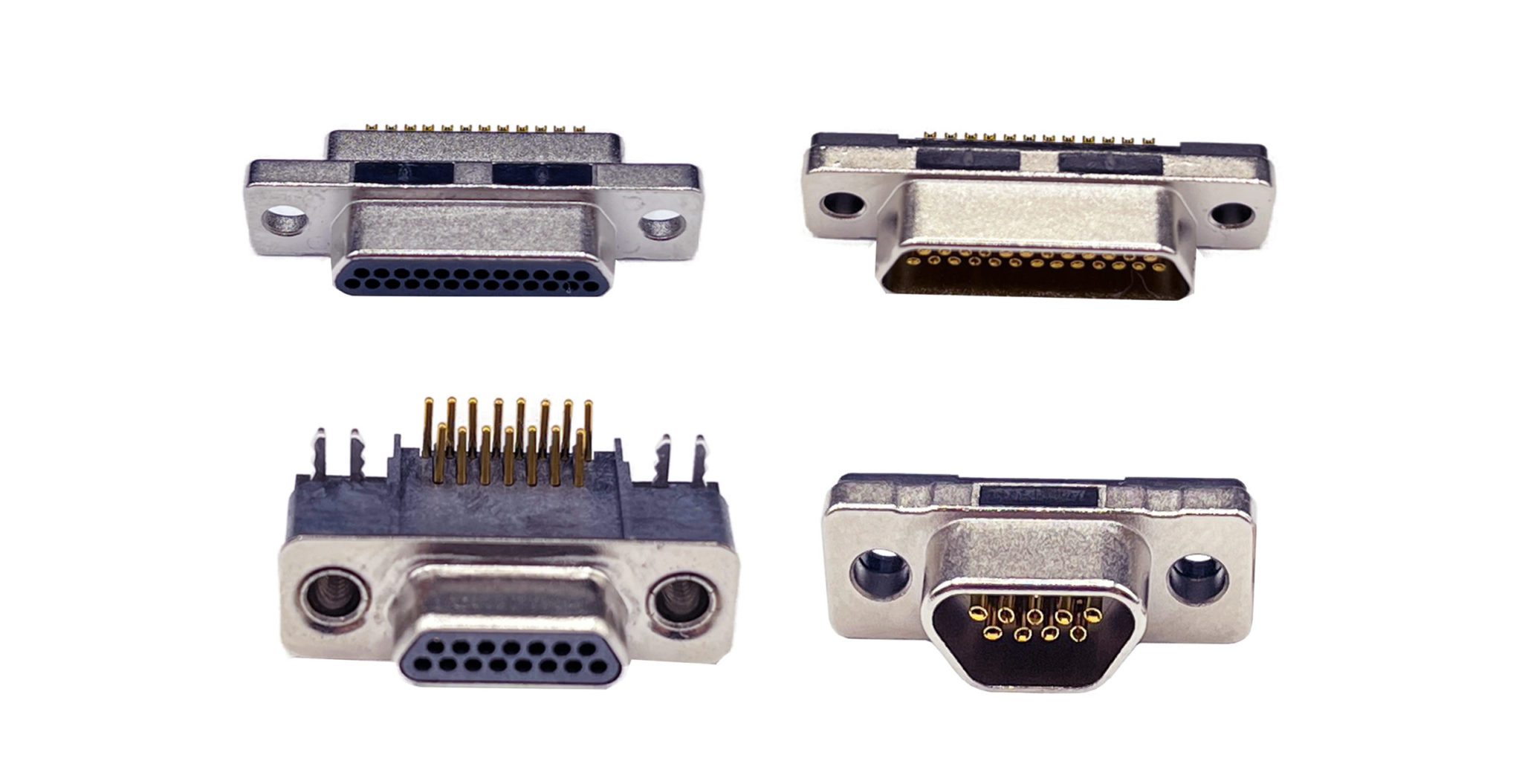
The compact design of the NorComp MICRO-D Connector makes this high-reliability connector ideal for robotics, satellite base stations, DC motor controllers, laboratory metrology, and other applications that expose electronics to challenging conditions.
Micro-Ds offer high dielectric strength, low contact resistance, and high current capabilities. The rectangular shield and screw design ensures tight mating and excellent resistance to shock and vibration. Space-grade micro-D backshells also provide strain relief, environmental protection, and grounding.
Shell materials can be metal or plastic.
For military applications, micro-Ds are built to MIL-DTL-83513 specifications.
Markets, Sectors, and Applications
Micro-D connectors are primarily used in military (e.g., in missiles and aircraft) and space-grade technology, but also industrial and aerospace settings, computer and gaming consoles, networking and communications, medical equipment, and robotics.
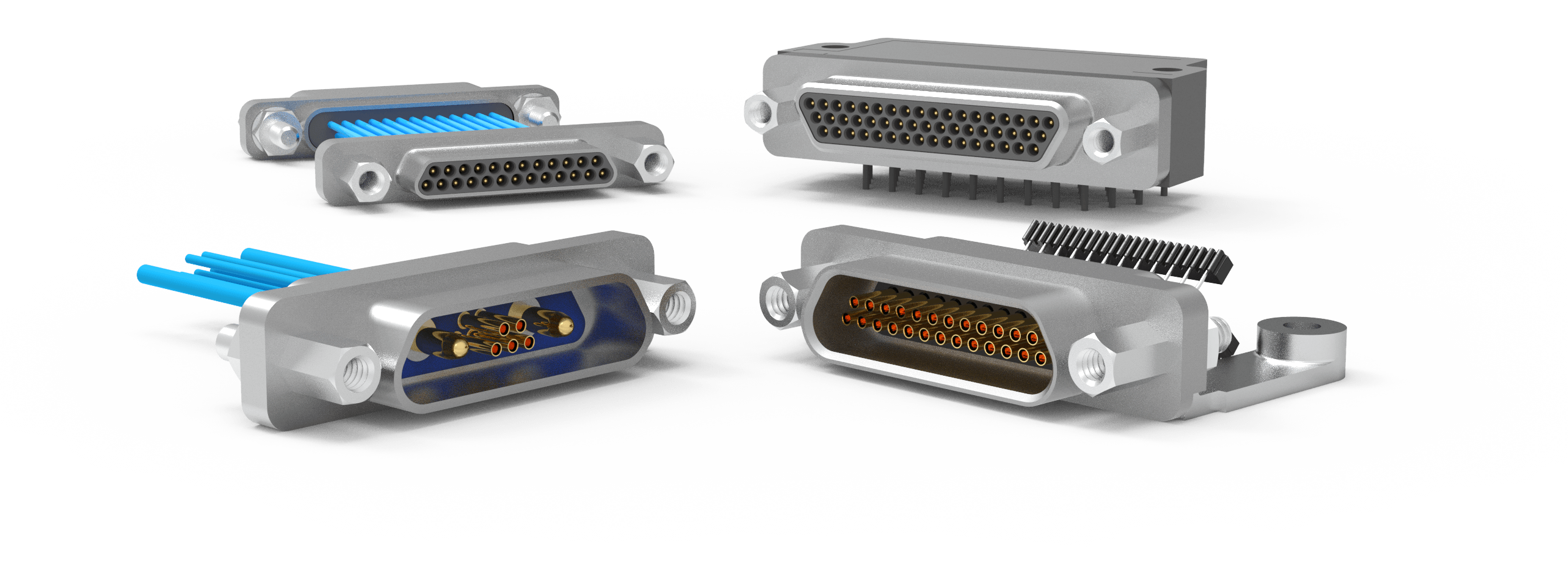
AirBorn’s rugged micro-miniature Micro-D connectors are ideally suited for a very wide range of applications where ruggedness, reliability, small size, and lightweight are critical such as radar systems, avionics, engine controllers, missile systems, head-mounted displays, unmanned vehicles, and robotics.
AirBorn’s rugged micro-miniature Micro-D connectors are ideally suited for a wide range of applications where ruggedness, reliability, small size, and lightweight are critical such as radar systems, avionics, engine controllers, missile systems, head-mounted displays, unmanned vehicles, and robotics.
Suppliers
AirBorn, Amphenol Pcd, Axon’ Cable, Bel Cinch, ITT Cannon, Molex, Nicomatic, NorComp, Omnetics Connector Corporation, PEI Genesis, TE Connectivity. Air Electro, BTC Electronics, Glenair
Related Products:
- D-sub connectors
- Nano-D connectors
Subscribe to our weekly e-newsletters, follow us on LinkedIn, Twitter, and Facebook, and check out our eBook archives for more applicable, expert-informed connectivity content.
- Mezzanine Connectors Product Roundup - April 16, 2024
- Out Now! New eBook Shares Bright Ideas for Electrification - April 16, 2024
- What are ARINC 801 Connectors? - April 9, 2024
